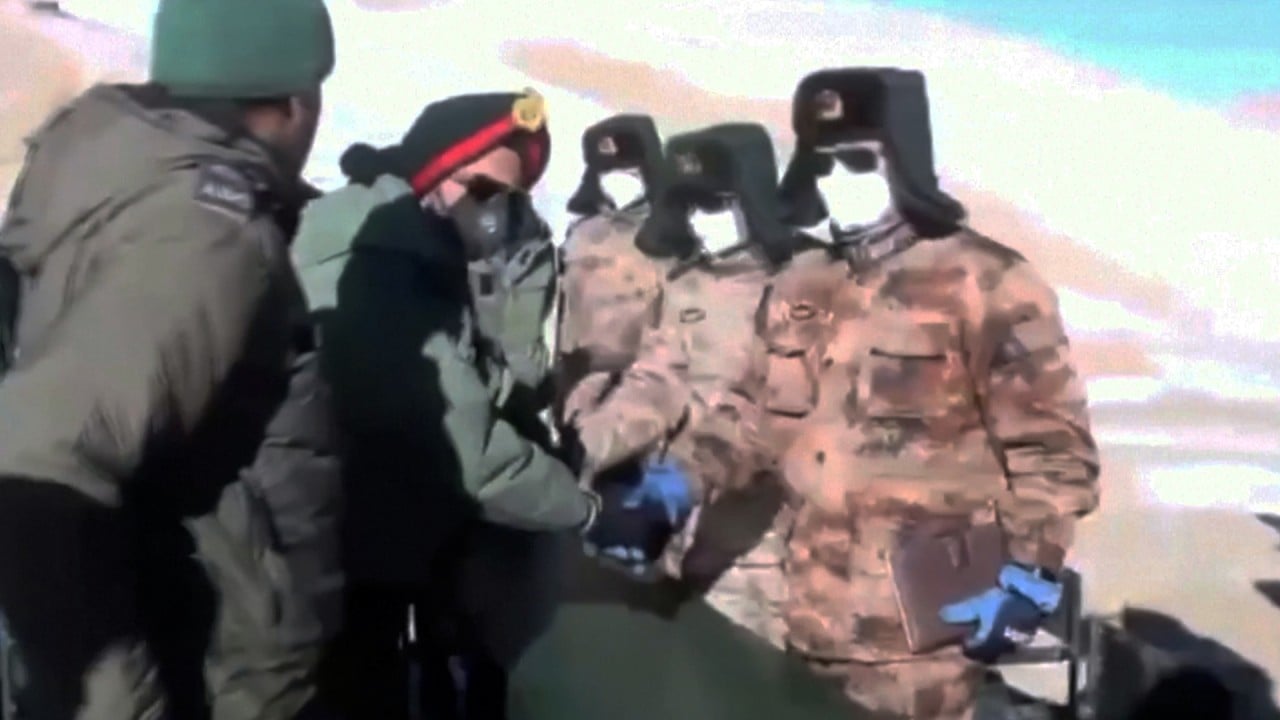
Better understanding key to peace in the Himalayas
- Greater trust essential between China and India as the latest round of talks between the countries’ military commanders break down
China and India should cooperate on matters of shared concern, among them the Covid-19 pandemic, terrorism and Afghanistan. But first there has to be greater trust and in the way is an inability to ensure peace along a stretch of their disputed border in the Ladakh region in the Himalayas.
A 13th round of talks between military commanders broke down last Sunday with each side blaming the other for the lack of progress in the 17-month stand-off. The ill will stems from clashes last year and only when the sides honour pledges to stop troop movements will there be a chance to ease tensions.
A People’s Liberation Army spokesman claimed the deadlock was the result of India’s “unreasonable and unrealistic demands” despite the “Chinese side’s tremendous efforts to promote the cooling and de-escalation of the border situation”.
The Indian military countered that it made suggestions for resolving areas of dispute, “but the Chinese side was not agreeable and also could not provide any forward-looking proposals”. Such comments are a reminder that relations are at their worst since the 1980s.
Military manoeuvres and deployments along the border are being carried out in the name of protecting sovereignty.

02:07
China reveals details of 2020 border clash with Indian troops after both sides complete pullback
The commander-level talks first began amid rising tensions in May last year, but the following month, 20 Indian soldiers and an unspecified number of Chinese troops were killed when fighting broke out in Ladakh’s Galwan Valley, the first combat losses on the border in 45 years.
Negotiations have since struck agreements to set up buffer zones and disengage troops, preventing more clashes. The deals have not curtailed the construction of infrastructure or military build-ups and exercises, though. Chinese state media reported in the wake of the latest talks that the PLA had been testing the capabilities of tanks and grenade-launchers at high altitudes in the region.
China and India fought a war over the border in 1962 and both want to avoid another conflict. There is a pressing need for a longer-term understanding to keep the peace to enable talks on territorial disputes. Without that, there is little possibility of the nations working together on other crucial issues.

